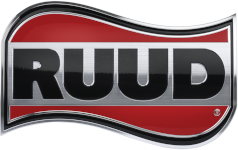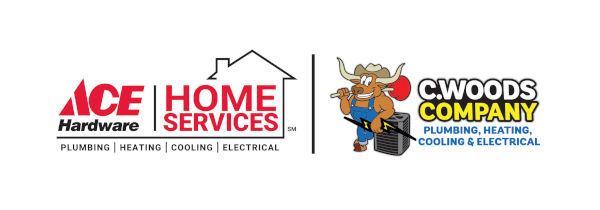You Won’t Believe Where Household Waste Goes
Ever wonder where it all goes after you flush the toilet? In this post, we will explore the different approaches to removing household waste and where it goes after it leaves your home. Sewage in the home doesn't just come from the toilet.
Sewage can also be wastewater from the bathtub, shower, toilet, dishwasher, kitchen sink, washing machine, and other sources. This wastewater is sent to a sewage treatment plant through sewer lines, pipes, and pump stations. It is then treated for reuse or it can also be released onto waterways in accordance with quality standards set by the Environment Protection Authority (EPA).
Thanks to modern technology, we can now choose where our waste material goes. Some systems will convert sewage into clean water that is so clean it can be returned to its original source, like in our waterways.
Cities and their surrounding areas are usually on sewer systems that are maintained by the local public works department. However, if your neighborhood is outside the area controlled by the local sewer system, your home may be a better candidate for a septic system to handle waste.
Sewer Systems

It is located underground and carries sewage from residential and business structures through conduits to a treatment plant where it is disposed of properly.
With a sewer system, wastewater leaving the dwelling can also be sent to a sewage-treatment facility to be treated with good bacteria. A sewer system is powered by gravity. Pipes from each house or building flow to a sewer line that runs down the street. The sewer lines will then flow into larger pipes until they reach the sewage treatment plant.
Septic Tanks

The septic system or tank is a waste treatment and disposal method located on site, deep in the ground. It is a box made of reinforced concrete or fiberglass. A septic tank requires occasional pumping to remove the sludge in it which allows for anaerobic bacterial action.
Maintaining a healthy septic tank is relatively easy and surprisingly affordable. Good maintenance starts at home. You can perform your own septic system maintenance.
Types of Waste Disposals

Some local codes may not allow for conventional systems to be installed, but generally speaking, there are four types of septic systems, and each has its own advantages and disadvantages.
- Cesspool
This is an underground reservoir for liquid waste, typically household sewage. It is a dry well that uses untreated waste containing human excreta, which sometimes has an open bottom and perforated sides.
- Electrical Sewage Treatment Plant
An electric sewage treatment plant consists of a small electrically induced unit, usually all contained in one housing. A non-electrical sewage treatment plant uses natural air currents to power the process and uses the least electricity for the highest standards. This type of sewage system is 'ECO' sustainable and a 'GREEN' sewage treatment option.
- Gravity Drain
This federal law applies to all commercial swimming pools and spas built in the United States. It regulates the design of pools and spas and requires measures to prevent draining by entrapment.
In addition, it requires the use of at least one device or system as a secondary level of protection that prevents main drain entrapment.
Water flows from the main drain to a collector tank by the force of gravity. Once the water reaches the collector tank, it is pumped back to be filtered and returned to the pool. If anything blocks the main drain, water will continue to be pumped from the collector tank. Once the collector tank is empty the pump will lose prime. The pump never pulls water directly from the pool. A gravity drainage system prevents main drain entrapment by design. It is perfect for preventing main drain entrapment in commercial and residential pools.
- Pumping Station
Pumping stations in sewage collection systems are able to handle raw sewage that is fed from underground gravity pipelines. Pumping stations thus are used to move wastewater to higher elevations.
A comprehensive septic tank inspection by a reputable expert is not expensive. Call the sewer experts at C. Woods Co in Tyler, TX for sewer and drain cleaning services. We will happily explain the different types of sewers and which one is right for your type of home.






